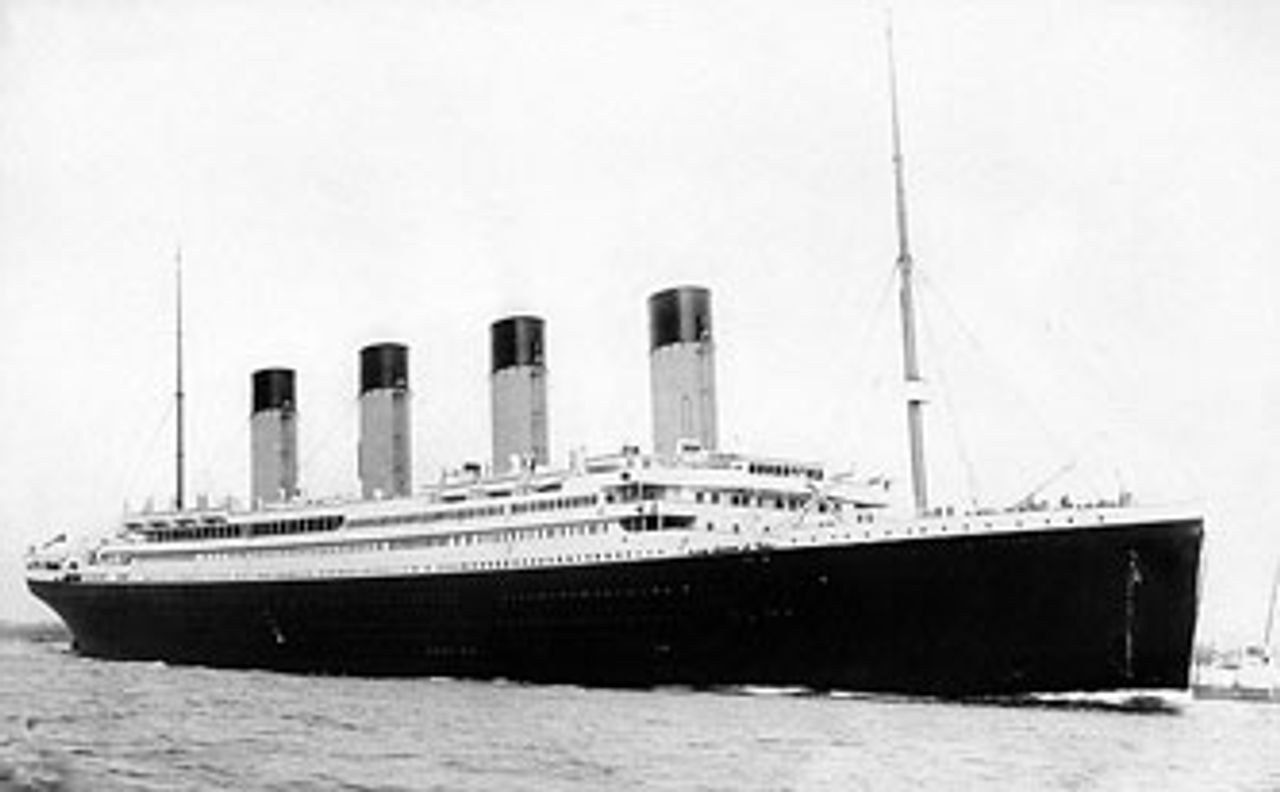
On April 15, 1912, the RMS Titanic sank on her maiden voyage after colliding with an iceberg in the North Atlantic Ocean. The massive ocean liner, which was the largest ship afloat when it sank, was traveling from Southampton, Great Britain to New York, and had already stopped at Cherbourg in France and Queenstown in Ireland. Of the 2,224 people on the ship, including the crew, 1,514 died.
Operated by the White Star Line, the Titanic was billed as “unsinkable.” It was designed to attract wealthy first-class passengers with libraries, a swimming pool, a gymnasium, and extravagantly furnished cabins. The Titanic was commissioned in the context of a fierce struggle between the White Star Line and its competitors such as Cunard for dominance of the lucrative cruise liner market.
First-class passengers who had use of the ship’s luxury amenities included millionaires, industrialists and socialites. Second class was largely composed of professionals and other middle-class layers, while third class overwhelmingly consisted of working class immigrants seeking work in the United States.
The Titanic carried only enough lifeboats for around half of the ship’s passengers and crew. The majority of the dead were crew members and third-class passengers. The ship’s 710 survivors reported chaotic and confused scenes when the Titanic began to sink, indicating that there had been little preparation for an emergency.
The lax safety measures and the loss of life resulted in a public outcry. Official inquiries were carried out in Britain and the United States. Both found that the scope of the disaster was a product of inadequate regulations on the number of lifeboats ships were required to carry, and that the lifeboats had not been properly filled or crewed. They also determined that failure to take proper heed of ice warnings contributed to the disaster, and that the collision was the result of the Titanic traveling into a dangerous area at too great a speed.[WSWS]
